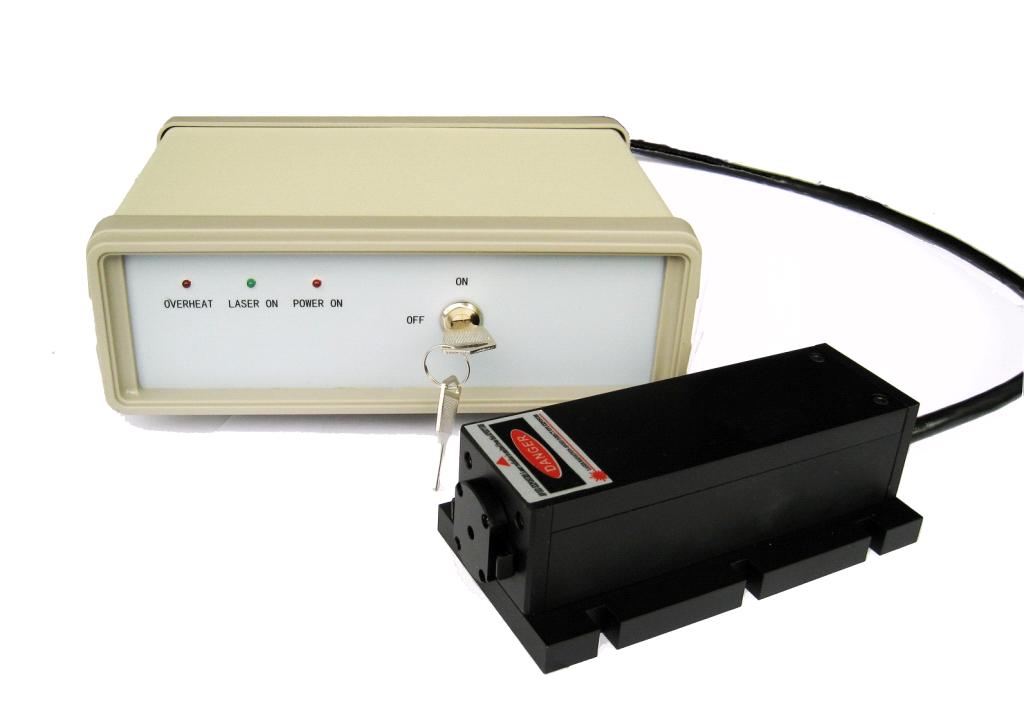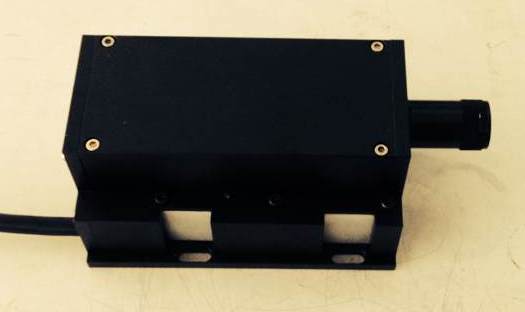Analysis of the influence of IC performance on the accuracy of medical diagnosis
So far, it is still difficult to find Chinese domestic chips in medical electronic equipment. What special requirements do the seemingly unpredictable medical electronics fields have on chips? How can local chip manufacturers have the opportunity to enter this huge profit market?
Medical electronic equipment can be divided into three major categories, including medical imaging (such as color Doppler ultrasound, nuclear magnetic, black and white ultrasound, X-ray machine, etc.); physiological characteristics (such as monitors, electrocardiographs, sphygmomanometers, blood glucose meters, etc.); Clinical testing (such as biochemical analyzer, etc.). Among them, the market for medical imaging diagnostic equipment is the largest. Due to the aging of the global population and the increasing emphasis on the prevention of chronic diseases, the demand for initial diagnosis through ultrasound examination continues to increase, making the market scale continue to expand. According to market research agency Transparency Market Research, the global ultrasound diagnostic equipment market will reach US $ 4.8178 billion in 2012 and US $ 6.1148 billion in 2017, growing at a compound annual growth rate of 4.9%.
For a long time in the past, the ultrasound diagnostic equipment market was monopolized by a few international giants such as GE, Siemens, Philips, etc., and the brand advantage was excessively amplified, resulting in high product prices. It was only in recent years that as Chinese companies entered this market, prices were pulled to a more reasonable level (the average market price was about one-third of five years ago). At present, there are a number of domestic manufacturers of ultrasound diagnostic equipment. In Shenzhen alone, Mindray, Kaili Technology, Lan Yun, Libang, Enp, Weld, Jingbai and other manufacturers are gathered. Among them, Mindray produces all-digital ultrasound diagnostics. The system has advanced technology, high imaging quality, a large share of the domestic market, and has been exported to participate in international competition.
From the perspective of market sales, the ratio of Chinese manufacturers' product exports to domestic sales is approximately 6: 4. There are two main reasons for this phenomenon: first, because the overseas market has a larger capacity; second, because compared with the overly strict management policy of the Chinese medical device market, the entry barrier for the overseas market is lower, and the product is launched in the market. The cycle is shorter.
IC performance has a decisive influence on the accuracy of medical diagnosis
Shenzhen Lanyun Industrial Co., Ltd. was established in 1994, focusing on the research and development and manufacturing of medical equipment. At present, it has launched six series of products including digital ultrasound, radiography, clinical testing, hemodialysis, respiratory anesthesia, and medical IT to the market. There are more than 1,100 employees, and the output value and sales are increasing at a rate of 40% year by year. The company's vice president Meng Guohai said: "Ultrasonic diagnostic equipment is the most complex type of product in all medical electronic equipment. The level of line position control technology directly determines the detection accuracy."
From the working principle, the working process of ultrasonic diagnostic equipment can be divided into two parts: signal acquisition and signal processing. The design difficulty is that when ultrasonic waves propagate in the human body, their energy will be absorbed by human tissues. With the increase of the detection depth, the energy of ultrasonic waves will be greatly attenuated, and the signal dynamic range is extremely large, which increases the difficulty of detection. In order to improve the accuracy of the equipment, it is necessary to use TGC depth time gain compensation circuit, that is, to control the gain of the amplifier with a certain voltage curve, so that the ultrasound echo at different depths can obtain different magnifications, thus playing a role in compensation .
Related ICs include operational amplifiers, single / dual and octal data conversion system ADCs, digital signal processors, variable gain amplifiers, and high-voltage analog switches. Without reliable performance chips, it is impossible to design reliable medical equipment, and the chips need to be fully compatible with each other. That is, there will be no system errors due to compatibility issues when multiple different chips are matched together.
Due to the small amount of ICs used in medical electronic equipment and the extremely high requirements for product quality and stability, chip supply in this field is monopolized by few international companies such as Texas Instruments, ADI, Hitachi, and Meixin. The figure of local suppliers. Texas Instruments has stronger digital capabilities and can provide ready-made algorithms for specific applications such as blood analysis; ADI has stronger technology accumulation in simulation and does the best in high integration, such as the 927x series of low-noise amplifiers (LNA), variable gain amplifier (VGA), anti-aliasing filter (AAF) and multi-channel analog-to-digital converter (ADC) are integrated in a single chip; and the US letter's solution chose the idea of ​​analog integration and ADC independence .
Shenzhen Kaili Technology Co., Ltd.'s color excess volume reached 4,000 units in 2011, second only to Mindray and ranked second in the country. Zhou Wenping, vice president of the company's R & D center, also confirmed that the core IC of Kai Technology is mainly based on European and American suppliers, and even Japanese and Korean companies are rarely among them. Even the peripheral general-purpose resistance container parts are all selected from suppliers in Taiwan. . He explained this: "After years of development, the ultrasound industry in Shenzhen has formed an agglomeration effect, so the upstream IC suppliers have sufficient service support and will not feel inconvenient because they are international suppliers. Although the unit price of local products is lower, but The stability of product quality is uncertain. If the rate of later repairs of the equipment is too high, the overall cost is actually higher, so the whole machine company dare not try it easily. "
In addition, he also said that on the basis of stability, as the market's demand for portable devices grows, integration will be the main consideration for choosing chip suppliers in the future.
Coupletech Co., Ltd. Supply CW Laser models for medical instruments and scientific research, consists of UV laser GN-355, Low noise blue laser GL-473, Low noise green laser DL-532nm, Signal mode green laser CS-532, Sodium Yellow Laser GL-556, Light yellow laser GL-561, Orange yellow laser GL-593 and Infrared laser GL-1064, and these laser models cover a wide range of wavelengths: 355nm, 473nm, 532nm, 556nm, 561nm, 593nm, 1064nm, and son. The application of CW laser models is for Fluorescence stimulated for biological medical instruments, Interferometry, laser hologragh, flow cytometry, physical instruments, scientific research and so on. The average output power is 10 mW ~ 2000 mW, beam diameter at the aperture is ~ 1.5mm. Besides, single mode fiber coupled or customized is optional.


Diode Pumped CW,Diode Pumped Solid State Laser,Solid State Laser Diode
Coupletech Co., Ltd. , https://www.coupletech.com
